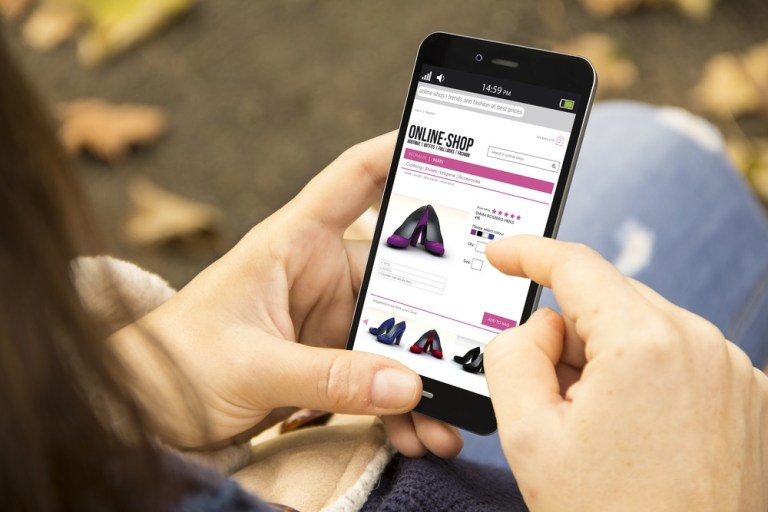
The 2016 U.S. Mobile App Report by comScore is the “digipedia” of mobile apps. It tells you everything you ever wanted to know about mobile app use, from who is accessing the web and how, to the significance of the length of a thumb. Here is a quick rundown of the highlights.
It’s no surprise that mobile digital media use has soared since 2013, but on aggregate, growth across all platforms is starting to slow. The 2016 U.S. Mobile App Report by comScore is a wealth of information for marketers.
Here are the stats that you need to know:
90% | The amount of mobile web usage that is via mobile app versus 13 percent via web.
80% | The growth in digital media engagement during the last three years.
60% | The proportion of all digital media time spent on mobile apps.
53% | The growth in total time spent in the last three years as a result of mobile apps and mobile web.
11% | The decline in desktop usage in the last three years.
80% | The increase in mobile audiences versus a 4 percent decline for desktop. Mobile audiences first surpassed desktop users in June 2014 and, within two years, have doubled those on desktop.
37% | The increase in the number of 55- to 64-year-olds who show the highest growth in app use.
36% | The increase in the average digital audience size among the top 1,000 properties.
Growth In Audience
x3 | Mobile web audiences are almost three times the size and are growing twice as fast as app audiences. Although the mobile web audience is growing, those who are being reached are lightly engaged.
App Challenges
x20 | App users spend 20 times more time on apps than mobile web visitors. So, although it can be a struggle to build a large audience on apps, that audience is likely to be loyal.
x20 | On average, app users spend three hours per month on the top 1,000 apps, 20 times more than mobile web visitors spend on their top 1,000 properties.
x4.5 | The mobile web has 4.5 times more web properties with 5 million unique visitors compared to apps, and it is growing at a faster rate.
App Appetite
50% | The number of smartphone users who don’t download any apps in a month. Of those who do download apps during a month, the average number downloaded per person is 3.5.
13% | The total number of app downloads is highly concentrated at the top, with 13 percent of smartphone owners accounting for more than half of all download activity in a given month, think the richest “13 percent.”
Small-Screen Real Estate
75% | The percentage of people who arrange their home screen to access preferred apps.
8% | The increase in the number of millennials who organize their apps into folders.
5 | The number of new apps that men aged between 18 and 44 try each month.
App Trends
45% | The percentage of mobile users who tend to have one preferred app and spend a high percentage of their time engaged in that app.
40% | The percentage of users who never or rarely agree to app push notifications, perhaps due to app push notification fatigue.
App Operators
15% | Snapchat’s current penetration rate. Snapchat is considered a top-three smartphone app by usage time among 25 percent of those who use it.
Generational Preferences
Smartphone app usage is increasing over time in each age group. Tablet use is most popular among the older and younger population segments because older users like the larger screen for reading news, and younger people use the tablet for games and schoolwork.
x6 | Baby Boomers are six times as likely as millennials to operate their smartphone with two hands.
Millennials have greater comfort and familiarity with devices and a greater tendency to multitask. A significant portion of one-handed smartphone users of all ages consider how far their thumb can reach when positioning apps on their phone.
And, of course…
28.5 million | The number of users per day of Pokémon GO at its peak. After its launch on July 6, within days, the app was capturing more than 20 million daily users, and the usage rate remained as high for the whole month of July.